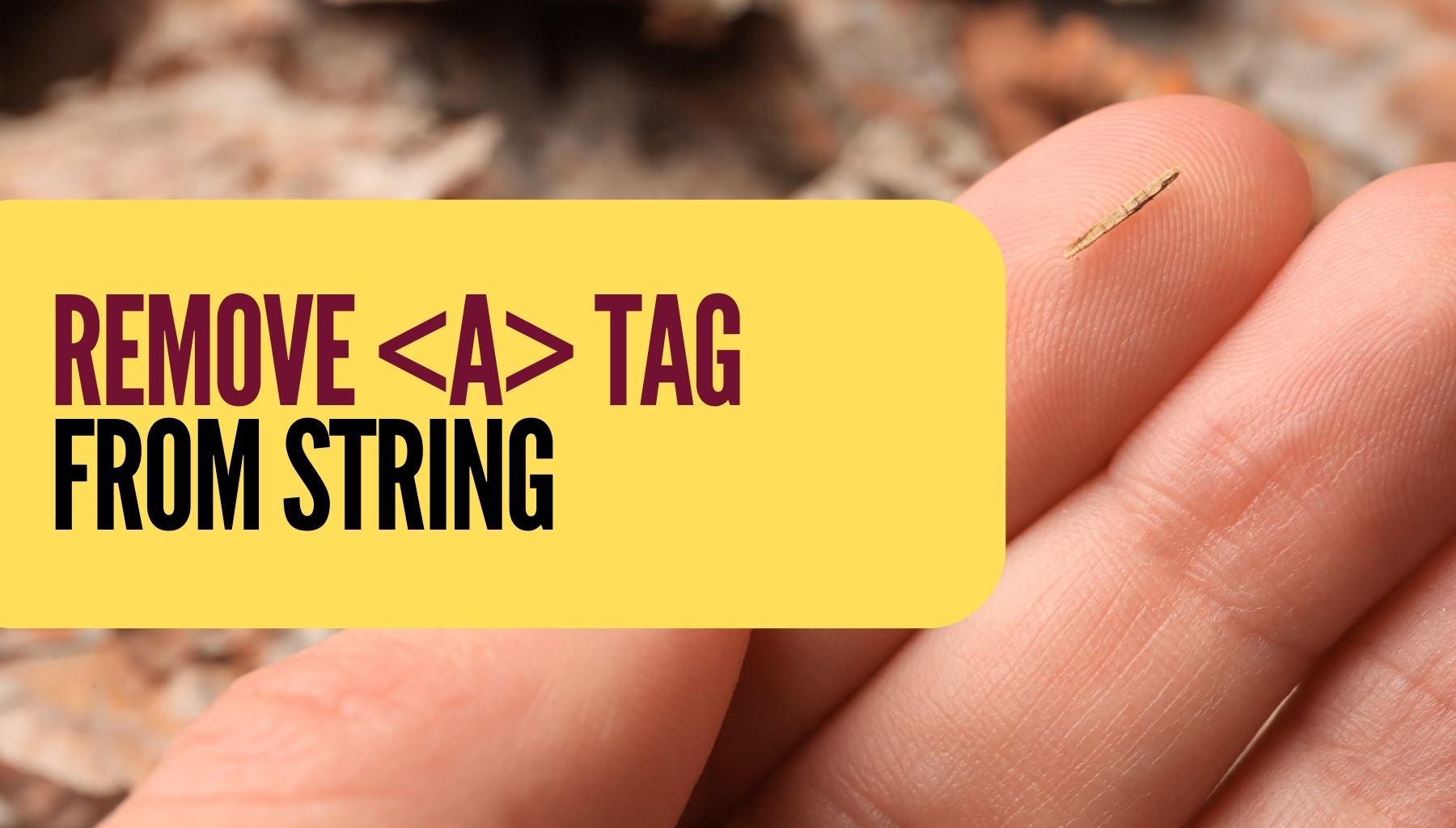What Does -> Do in PHP?
The -> operator in PHP accesses properties and methods of an object. It dereferences an object instance to interact with its members.
class Car {
public $color = 'red';
public function drive() {
echo 'Driving';
}
}
$myCar = new Car();
echo $myCar->color; // Outputs: red
$myCar->drive(); // Outputs: DrivingUse -> for objects, not arrays (use [] or => for arrays).
Origins of the -> Operator in PHP
PHP borrows -> from C and C++. In C, -> accesses struct or class members via pointers:
struct Point {
int x;
};
struct Point *p = malloc(sizeof(struct Point));
p->x = 10; // Same as (*p).xPHP’s creator, Rasmus Lerdorf, modeled early object syntax after C. PHP adopted -> for consistency with pointer-like behavior in OOP.
PHP -> vs JavaScript Dot (.)
JavaScript uses dot notation (.) for object properties:
const car = { color: 'red' };
console.log(car.color); // redPHP uses -> to distinguish objects from associative arrays (which use => or []). This avoids ambiguity in a loosely typed language.
| Feature | PHP | JavaScript |
|---|---|---|
| Operator | -> | . |
| Arrays | [] or => | . or [] |
| Origin | C/C++ | C/Prototypal |
Common Use Cases and Tips
- Instantiation: Always use
newbefore->. - Chaining:
$obj->method()->another(); - Static Access: Use
::instead (ClassName::method()). - Null-safe (PHP 8+):
?->prevents errors on null.
Avoid confusing -> with :: (scope resolution).
Why PHP Chose -> Over Dot
Dot (.) in PHP means string concatenation. Using it for objects would conflict. -> clearly signals object orientation, aligning with PHP’s C-inspired roots.




